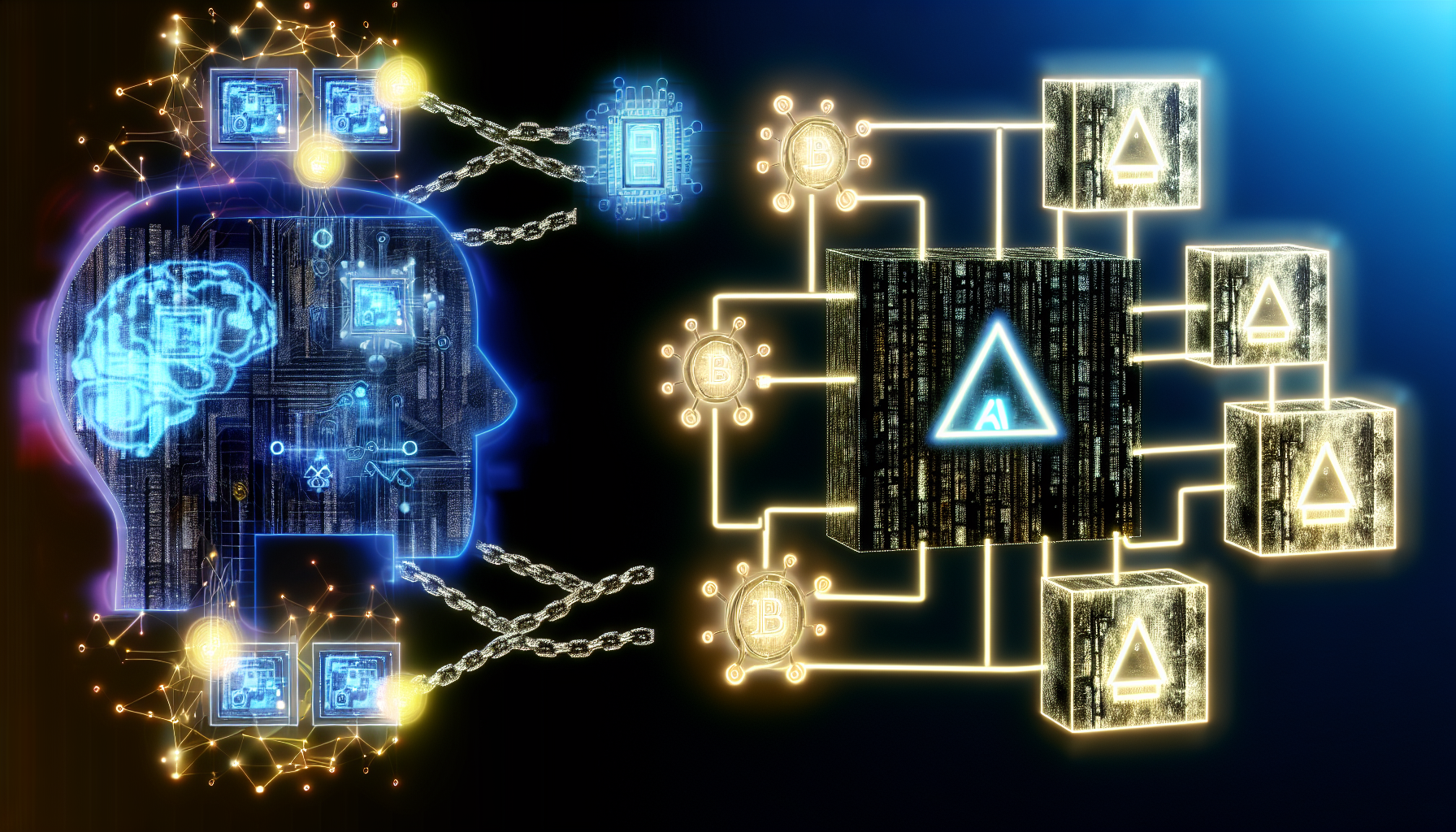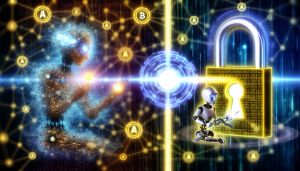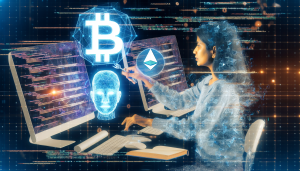Introduction to Blockchain and AI
Blockchain technology has revolutionized the way we handle data, ensuring transparency, security, and decentralization. At its core, blockchain relies on consensus mechanisms to validate and add transactions to the ledger. These mechanisms are crucial for maintaining the integrity of the network without the need for a central authority. Meanwhile, Artificial Intelligence (AI) has been making significant strides in various industries by enhancing data processing, decision-making, and automation. Combining AI with blockchain can lead to more efficient and robust consensus mechanisms, pushing the boundaries of what’s possible within decentralized networks.
The Role of Consensus Mechanisms
Consensus mechanisms are the backbone of any blockchain network. They ensure that all participants agree on the state of the blockchain, preventing fraudulent activities and ensuring data consistency. Common consensus mechanisms include Proof of Work (PoW), Proof of Stake (PoS), and Delegated Proof of Stake (DPoS). Each has its advantages and challenges, particularly concerning scalability, energy consumption, and speed. As blockchain technology evolves, the integration of AI offers promising solutions to enhance these mechanisms, making them more efficient and secure.
Enhancing Efficiency with AI
One of the primary benefits of integrating AI into blockchain consensus mechanisms is improved efficiency. Traditional consensus methods like PoW require substantial computational power and energy, often leading to environmental concerns and higher operational costs. AI algorithms can optimize these processes by predicting the most efficient ways to validate transactions and achieve consensus. For instance, machine learning models can analyze transaction patterns to streamline validation processes, reducing the time and energy required to maintain the blockchain.
Improving Security Through AI
Security is paramount in blockchain technology. While consensus mechanisms are designed to prevent malicious activities, they are not infallible. AI can bolster blockchain security by detecting and mitigating potential threats in real-time. Machine learning models can identify unusual patterns or anomalies in transaction data that may indicate fraudulent activities. By integrating AI-driven security measures, blockchain networks can proactively address vulnerabilities, ensuring a more resilient and trustworthy system.
Adaptive Consensus Mechanisms
Blockchain networks must adapt to changing conditions and demands. Traditional consensus mechanisms are often rigid, making it challenging to respond to varying network loads or attack vectors. AI can introduce adaptability into consensus mechanisms by continuously learning and adjusting based on network conditions. For example, an AI-enhanced consensus system can dynamically adjust the difficulty level of mining in PoW or modify staking requirements in PoS based on real-time data. This adaptability ensures that the blockchain remains efficient and secure under different circumstances.
Facilitating Scalability
Scalability remains a significant challenge for many blockchain networks, particularly as the number of transactions increases. AI can play a crucial role in addressing scalability issues by optimizing resource allocation and transaction processing. Predictive analytics can forecast network congestion and adjust consensus parameters accordingly, ensuring that the blockchain can handle higher transaction volumes without compromising performance. Additionally, AI can help in developing off-chain solutions and layer-2 protocols that work in tandem with the main blockchain to enhance overall scalability.
Case Studies and Real-World Applications
Several projects are already exploring the integration of AI with blockchain consensus mechanisms. For instance, some blockchain platforms are utilizing AI to optimize mining operations, reducing energy consumption while maintaining security. Others are implementing AI-driven monitoring systems to oversee network health and detect potential threats proactively. These real-world applications demonstrate the potential of AI to transform blockchain technology, making it more efficient, secure, and adaptable to future challenges.
Future Prospects
The intersection of AI and blockchain holds immense potential for the future of decentralized technologies. As AI continues to advance, its integration with blockchain consensus mechanisms will likely lead to more intelligent, efficient, and secure networks. This synergy can drive innovation across various industries, from finance and supply chain management to healthcare and beyond. By leveraging AI, blockchain technology can overcome its current limitations, paving the way for broader adoption and more robust decentralized applications.
Conclusion
AI-enhanced blockchain consensus mechanisms represent a significant advancement in the realm of decentralized technologies. By improving efficiency, security, adaptability, and scalability, AI addresses some of the most pressing challenges faced by traditional consensus methods. As the technology continues to evolve, the collaboration between AI and blockchain is set to unlock new possibilities, driving the next wave of innovation in the digital landscape. Embracing this synergy will be crucial for businesses and developers looking to harness the full potential of blockchain technology in an increasingly AI-driven world.



